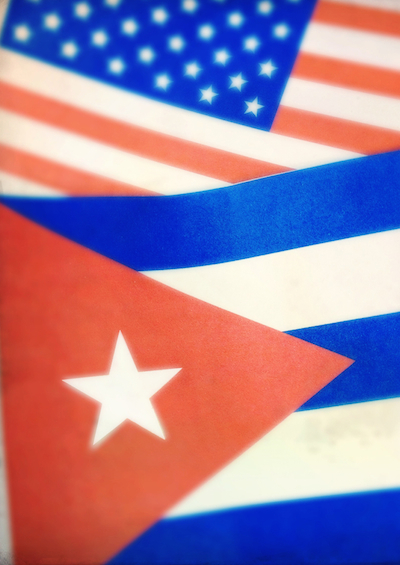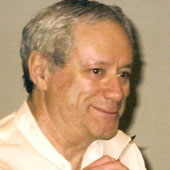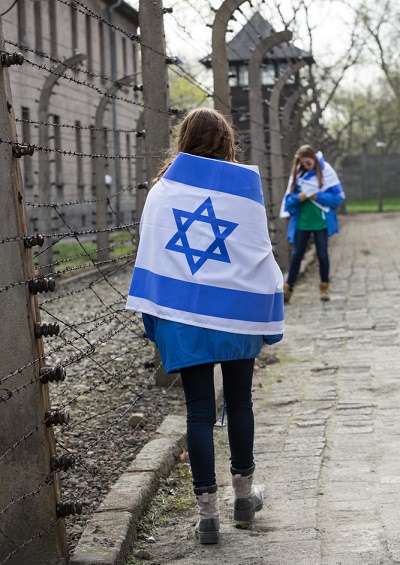
When one said “Cuba,” most Americans cringed. For a long time, it was even worse than saying “Russia.” Russia may be the United States’ main geo-political foe, but Cuba — that tiny splinter in the United States’ extended body — has long been an irritant.
The Bay of Pigs, the bombing, the assassination attempts, the trade embargo. Despite all that, it managed not just to survive, but also to transform itself from the Mafia’s den into an independent socialist country.
The new radical idea that the United States has now is to normalize its diplomatic relations with Cuba. Americans are now allowed to travel to Cuba in groups for educational and scientific purposes.
We signed up with the University of South Carolina for such an educational trip. We knew that the trip would not be easy – and it wasn’t.
The journey started in Cienfuegos, a provincial city on the south coast of the island.
Drinking tap water was not recommended and flushing toilet paper was forbidden. But dancing, singing and asking tough questions was encouraged. So that’s what we did — danced, sang and asked questions.
We had a packed schedule: daily lectures, educational trips on air-conditioned buses and consuming bland Cuban food. We visited a regional art school where uniformed teenagers wore red neckties, as the children in the Soviet Union used to. They played music, danced, sang and showed us their art.
Next, we went to the historic city of Trinidad and walked through a ration store. Here we found out that all Cubans get low-cost food rations once a month so that nobody starves.
How they live
They all have an an abode so there are no homeless people (although the abode may be aged and crowded).
All of them have jobs, free education and health services. According to our guide, the unemployment rate in Cuba is 3% and illiteracy 0.3%. This, as opposed to the richest country in the world, the United States, with an unemployment rate of 5%, illiteracy at 14% and poverty at 13.2%. Not a direct comparison, but still some embarrassment for the United States.
Next, we went to the Che Guevara memorial. Guevara is an iconic figure in Cuba. His portraits and slogans are pasted all over the country.
In contrast, images of Fidel and Raul Castro are scarce. Our guides explained that their living leaders don’t like to be cultivated as heroes – a lesson to Russians, Chinese and North Koreans.
Later, we went to Santa Clara and then to the Bay of Pigs museum. It sported old Russian tanks and airplanes, which the Cubans used to thwart the invasion of the U.S.-sponsored mercenaries.
Turning on the Bay of Pigs mercenaries
Back in 1961, the Bay of Pigs invasion was dead on arrival. The U.S.-sponsored mercenaries thought that the oppressed Cubans would overthrow their communist government when given a chance. Instead, the “oppressed” Cubans turned on the mercenaries.
On our way to Santa Clara, we had lunch at a village on the shore of the Caribbean that looked like a low-income paradise. Despite it being a low income area, it was evident that the villagers had worked hard to preserve the flora and fauna of the region.
In Havana, we stayed in Hotel Nacional de Cuba. It was built in 1930 by Meyer Lansky during the glory days of the American Mafia. Portraits of its distinguished visitors, including Putin and Ban Ki Moon, adorned the walls of the hotel.
At the hotel, architect Pedro Vasquez gave a lecture on historic preservation. Mr. Vasquez told us about the old high-ceilinged mansions in the center of Havana that had been abandoned by their rich owners after the revolution of 1959.
After that, people occupied the mansions and built rickety new floors, which reduced the housing shortage, but damaged historic architecture.
Although not happy with the recent opening to the United States, he hoped for the infusion of private money in his department. I presented him with my art-and-poetry book. He reciprocated with a nicely published zoning ordinance, but I wondered if those extra floors were up to any building code.
The next day, the young Camilo Lopez-Trigo talked to us about U.S.-Cuba relations, which president Obama proposes to normalize. The relationship between the United States and Cuba is indeed puzzling. Since 1959, the United States has punished Cuba for its pursuit of a socialist revolution.
When the Soviet Union fell apart in 1991, Cuba lost not only a friend and ally but also its socialist ideology. The giant Russia fell apart, but the tiny Cuba survived.
Transforming ideologies
Cuba’s new key slogans are “managed capitalism” of Scandinavian countries and “state capitalism” of China. Cuba is struggling with its transformation from a planned economy to a market economy, in the hope of finding a fine balance between drab existence and cutthroat competition.
Harmony within
During our trip, we also got the opportunity to visit a former Jewish synagogue, where we watched the performance of a modern ballet group. Further, there was a photographic exhibition of the Holocaust and the ballet felt like an illustration to that horror.
Next, we went to an English-language bookstore/community center run by an American woman who lives in Cuba. She divided us into four groups and brought in four of her students, one per group. Here I met a young man who studied architecture for three years but dropped it to study philosophy. This 23-year-old kid spoke halting English, which he supplemented with effusive gesticulation.
Being an architect myself, I asked him why he changed his mind. He said he wanted to be a free thinker and writer, rather than an office worker.
Another young man campaigned for free sex change operations. This is a country where people survive on food rations and struggle with a housing shortage, but do have distinct points of view and interests.
“No logic, only magic”
As our Cuban guide said, “There’s no logic in Cuba, only magic.” We laughed but eventually understood what she meant. Indeed, who needs logic if you have good weather?
Ernest Hemingway understood that. He loved Cuba and bought a farm with a large house in the hills near Havana. We visited that empty house and talked about his double daiquiris, his four wives, his fight against Spanish fascists and German Nazis, his great novels and his terrible depression at the end of his life.
It was time to leave that “third world country and its first world people.” It was time to stop dancing, drinking and singing with strangers who had instantly become our friends. It was time to go back to the United States, the greatest superpower, that could never forgive Cuba, its tiny neighbor, for being independent.

